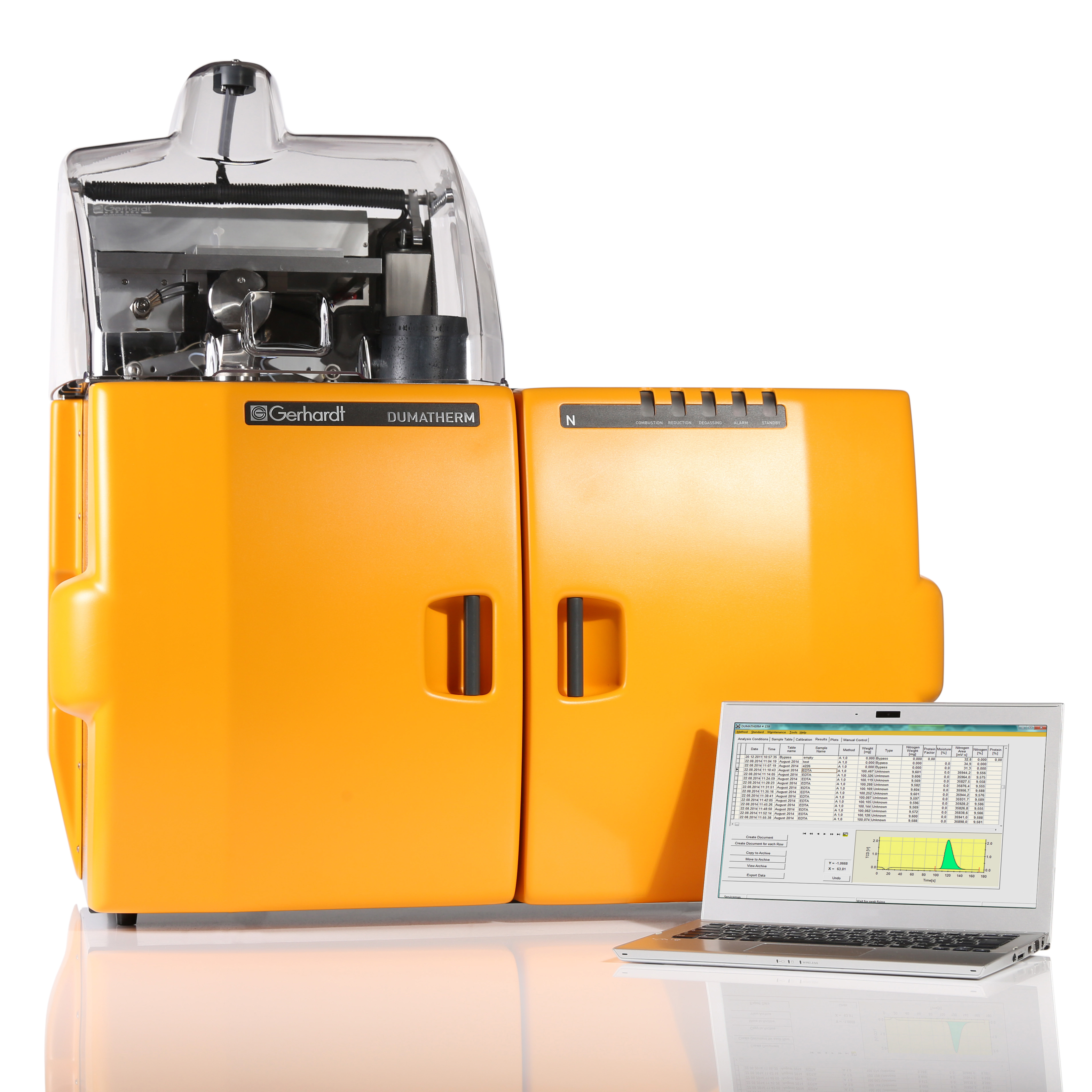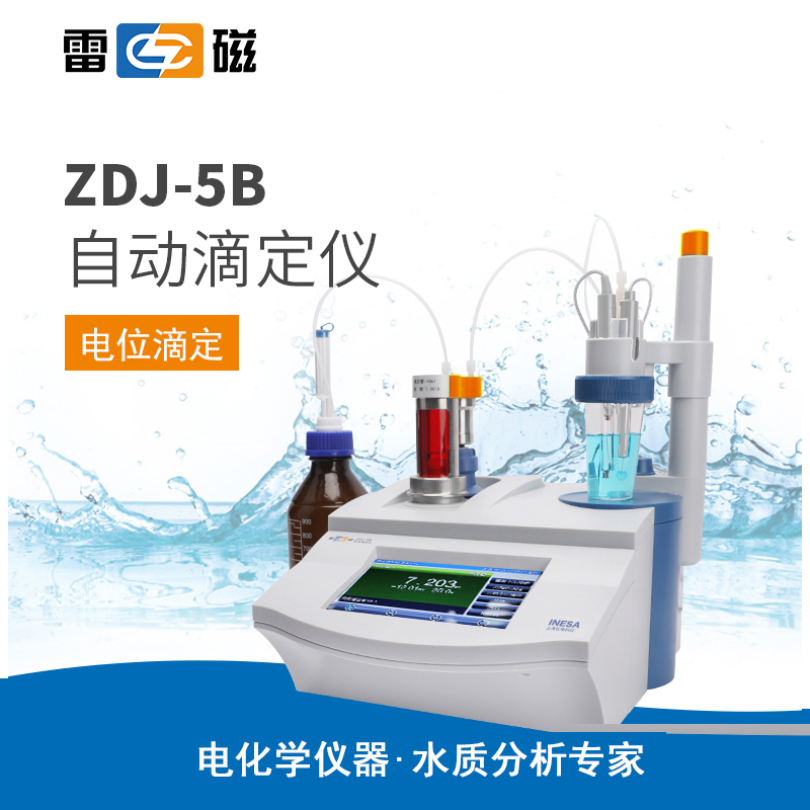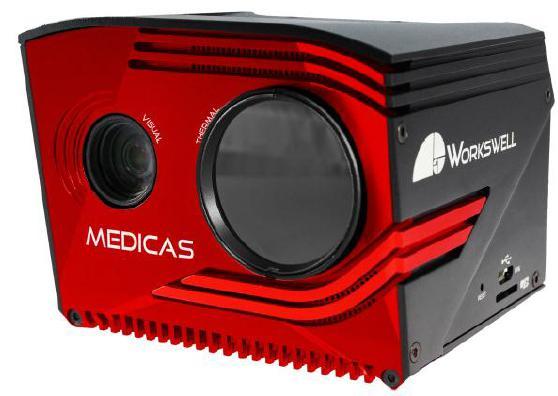皮肤中钠储存量检测方案(定氮仪)
From each patient one biopsy was thawed. The thawed tissue was cut into two comparable parts and the wet weight of both parts was measured. Both parts were dried overnight at 100?C, after which they were weighed again in order to measure dry weights. One part was dissolved in nitric acid and consequentially diluted, and sodium content of this solution was measured by way of flame spectrometry. The other part was ashed to measure nitrogen via thermal conduction (Dumatherm Nitrogen/Protein analyzer, C. Gerhardt). Nitrogen content of the ashed biopsies was measured as a parameter for protein content of the tissue. This protein content was used to correct for subcutaneous fat, since the assumption was that sodium is stored in skin instead of in fat, and protein is largely absent from fat tissue. Sodium content of the skin is expressed as mmol sodium per mg dry
weight or per mg protein.
从每个患者中解冻一个活检。将解冻的组织切割成两个可比较的部分,并测量两个部分的湿重。两个部分在100摄氏度干燥过夜,之后再次称重以测量干重。将一部分溶解在硝酸中并随后稀释,并且通过火焰光谱法测量该溶液的钠含量。另一部分用于通过热传导测量氮(格哈特公司 杜马森Dumatherm燃烧法全自动氮/蛋白质测定仪)。测量灰化后的活检的氮含量作为组织蛋白质含量的参数。这种蛋白质含量用于皮下脂肪,因为假设钠储存在皮肤中而不是脂肪中,并且脂肪组织中基本上不存在蛋白质。皮肤的钠含量表示为每mg干重或每mg蛋白质的mmol钠。
检测样品:
其他
检测项:
生化检验
中国格哈特
查看联系电话
前往展位
仪器信息网行业应用栏目为您提供3篇其他检测方案,可分别用于物理指标检测、生化检验检测、遗传检测、前处理检测、机械性能检测,参考标准主要有等









